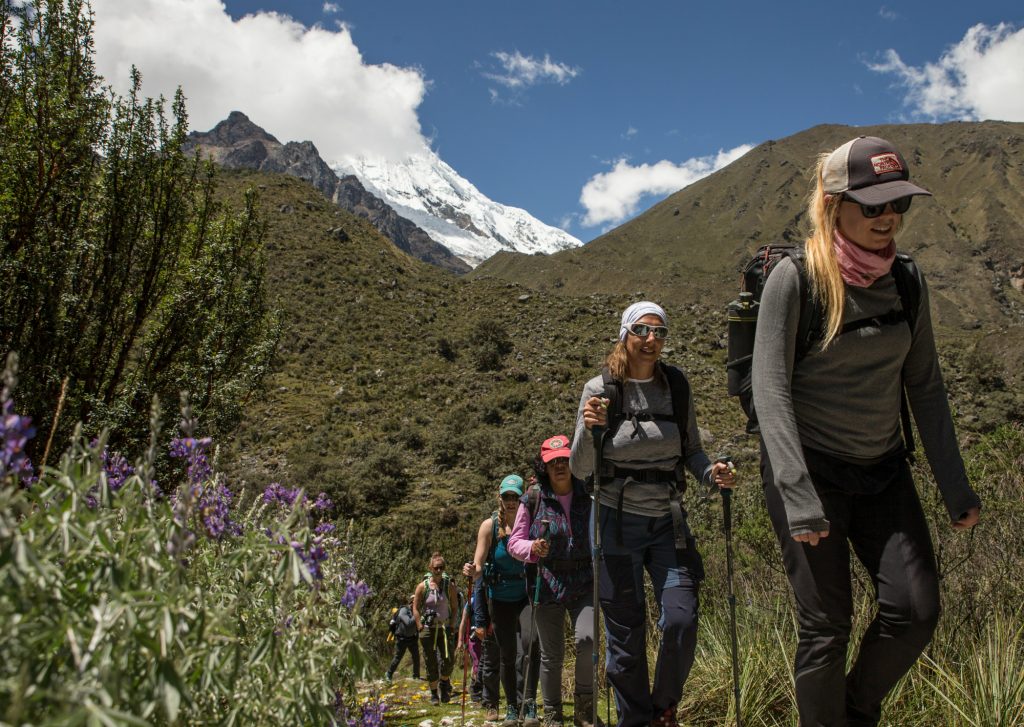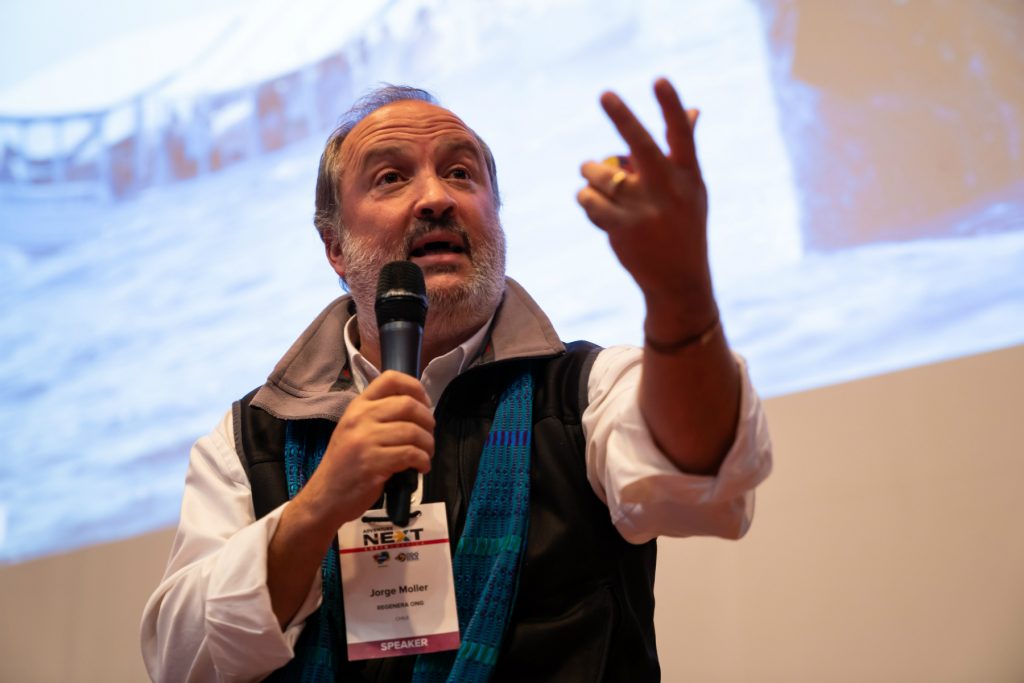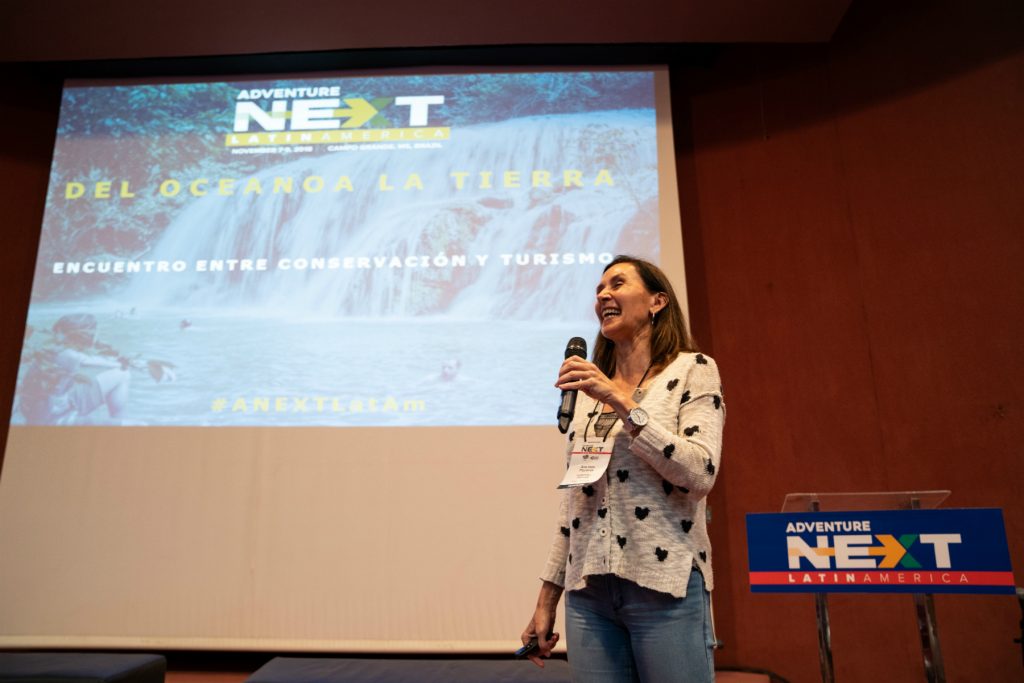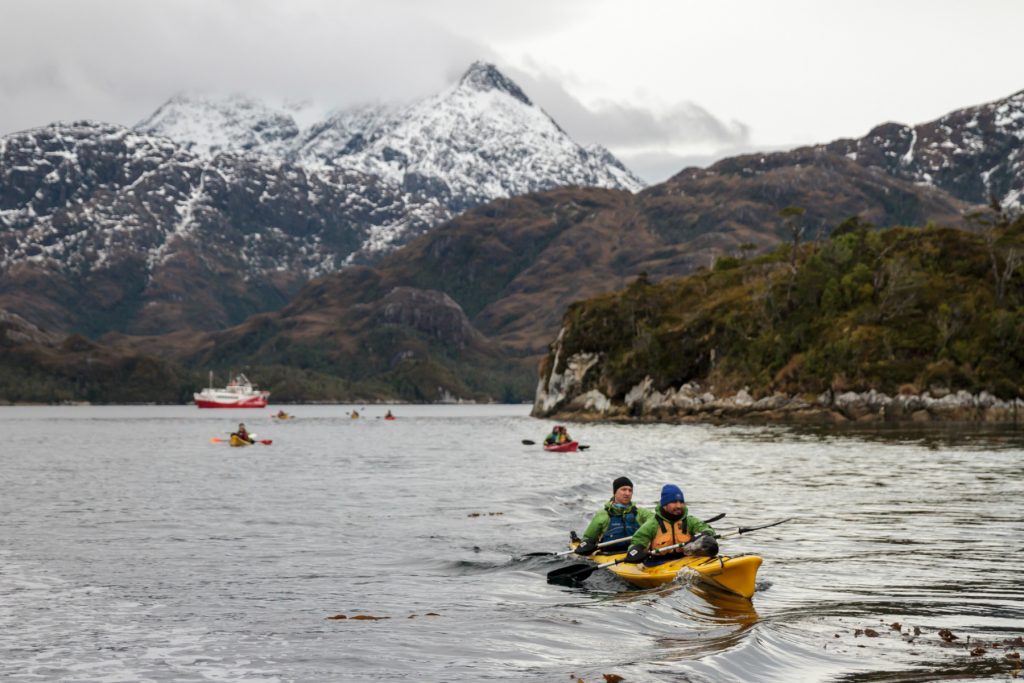Latin America has become an increasingly popular destination for international tourism. Many countries, including Mexico, Peru, Colombia, Chile, and Argentina, are investing in the tourism sector, and the UN’s World Tourism Organization forecasts the region will receive 78.2 million tourists by 2027. It’s no surprise tour operators from around the globe are taking notice.
AdventureEDU educators Ana Ines Figueroa and Jorge Moller have been deeply involved in Latin America’s sustainable tourism development. They offered insight into what tour operators can expect as they begin to venture into this corner of the world.

ATTA: What is adventure tourism in Latin America like today?
Moller: I think that, for many years, Latin America was not seen. It was hidden, despised. Now Latin America is having its 15 minutes of fame. Today, Latin America is showing to the world that it is a safe and authentic destination.
Figueroa: I see it increasingly shifting toward a higher-end, more sophisticated, and demanding consumer. However, due to overcrowding in all the best-known sites, travelers have paid considerably more to end up — in many cases — standing side-by-side with people who arrived in a big tour bus or on their own. This only happens with the most sought-after locations. As soon as you move away from these places, travelers have unique, remote experiences. Clients and overseas partners need to listen to and trust local operators and partners when new routes and options are suggested.
ATTA: How is it different from what you see in other regions?
Moller: The treasure of Latin America is that it has kept its culture and its mystery — its explorations, territory, destinies, and nature — and it is open to the world. We are hospitable with very cordial people. We have an immeasurable gastronomic potential with healthy and fresh food. We have a diversity of cultures of native peoples. People who visit will feel this destination is not plastic. It is not a museum. It is authentic.

Figueroa: It is a huge area and has incredibly diverse landscapes and biodiversity. Some of the best long-distance drives go through big and empty spaces. The local culture and warmth of the people also differentiates Latin America.
Moller: When people visit, they leave money in communities that need it a lot. Latin America has to protect itself — it has to take care of itself — and tourism is one of the sustainable tools that allows the communities that still exist in Latin America to survive thanks to nature, community-based, and sustainable tourism.
ATTA: What challenges do you see in the tourism industry at the regional level?
Figueroa: A lack of knowledge by those making decisions at the government level. Adventure travelers require local service in English, and this is a Spanish-speaking continent. In many cases, other adventure travel destinations in Africa or Asia have a colonial past linked to Great Britain so the local population speaks English. It is a challenge here to find staff for trips and lodges with reasonable English. We are far away, and traveling to travel shows and events makes it more challenging (economically) for local tour operators.
Moller: We have to work together, combine our programs, help each other with good practices, and look toward a united Latin America where we seek common goals, break the geopolitical limits, and become a single great destination with knowledge to share. We also need to work very hard on quality so that we are a destination with prestige in the quality of our services. And we need to focus on sustainability so that, above all environmental and social goals, we will achieve economic sustainability too.
ATTA: What should international adventure tour operators know about working in Latin America?
Moller: For development to happen, what is needed is sustainable tourism and nature tourism. An important message to convey to the operators of the world is that the value of Latin America lies in human contact and its nature. Collaboration between operators and local communities is necessary for the product to reach the maturity the market demands.
Figueroa: Each country is different, and many times each region is different, from a logistical, cultural, resource, and legal point of view. Distances and size are underestimated. Many itineraries requested by overseas operators cover too big an area for the travel time allocated for this, which results in lots of hours in vehicles.
Flights are long and travelers should focus on one region during each trip. They shouldn’t try to cover a whole country on a 10-day trip. That might work for Ecuador or Uruguay, but no place else.

Moller: It’s also important to understand the shifting market that is increasingly directed toward authentic experiences, personal contact, and an exchange with the local culture. With the help of operators, we can narrow the gap between local communities and tourism to develop products the market seeks from these experiences.
Figueroa: Also, operators need to understand that English is not our first language, so instead of requesting everything in perfect English (information, replies, itineraries, etc.), international tour operators should go halfway and have Spanish-speaking people in their offices.
ATTA: What areas or kinds of experiences do you anticipate travelers visiting Latin America having in the coming years? Why will people want to travel to Latin America?
Moller: They will see people, smiles, faces. People with open arms willing to share their stories and welcome to their homes. Rivers and mountains are everywhere, but what makes Latin America different is its people.

Figueroa: The landscapes and biodiversity make the area unique. There’s a strong local culture, different in each country and region. People will want to travel here because it has what other parts of the world are trying to recuperate: local food, an easy relaxed culture, a friendly atmosphere, big open spaces. South American local culture and lifestyle is more about what you do — sharing time with friends and family — and not about what you have.
ATTA: Are there any misconceptions about working in Latin America that should be dispelled?
Moller: There is a misconception about the lack of development in Latin America. The industry has to understand that, although communications are a little slower and missing at times, it is incorrect that Latin America is undeveloped.
Figueroa: It is not a budget destination for backpackers. Latin America is not the same thing as South America or Central America. The countries are very different, the people are very different, geography is different. Latin America is far too big and diverse to be considered as a destination with similar features.
ATTA: Can you share a case study of success that stands out in the region demonstrating the region’s adventure travel development and capacity?
Moller: There are many success stories, but I will highlight one from my wonderful country, Chile, and the Mapuche communities in the south of the country near the Pacific coast, which has opened to visitation.
In the Araucania region of Chile, on the Budi Lake, there is a community called Iaguen Buyi. The community leader understood the culture should not vanish, so he began to think about how tourism could be a tool to help it recover. He began to rebuild his ruca, a small room made of straw, sticks, a dirt floor, and fire in the interior. This is where knowledge is concentrated, what is called the nehuén. All the knowledge of the community is preserved within that ruca, and people began to share knowledge there. Today there are more than 30 families united in a spirit of community tourism. They carry out wool-weaving, natural medicine, and navigation workshops, among others. At the school, children learn about the sustainability of the local culture.
It is a successful project started by a single person who believed his culture and tourism could go hand-in-hand. They are visited by people from all over the world, and it is a highly transformative human experience.
Figueroa: There are many, many cases. I would mention Explora, Inkaterra, and Tompkins' Conservation.
